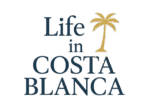The spirit and story of Costa Blanca living
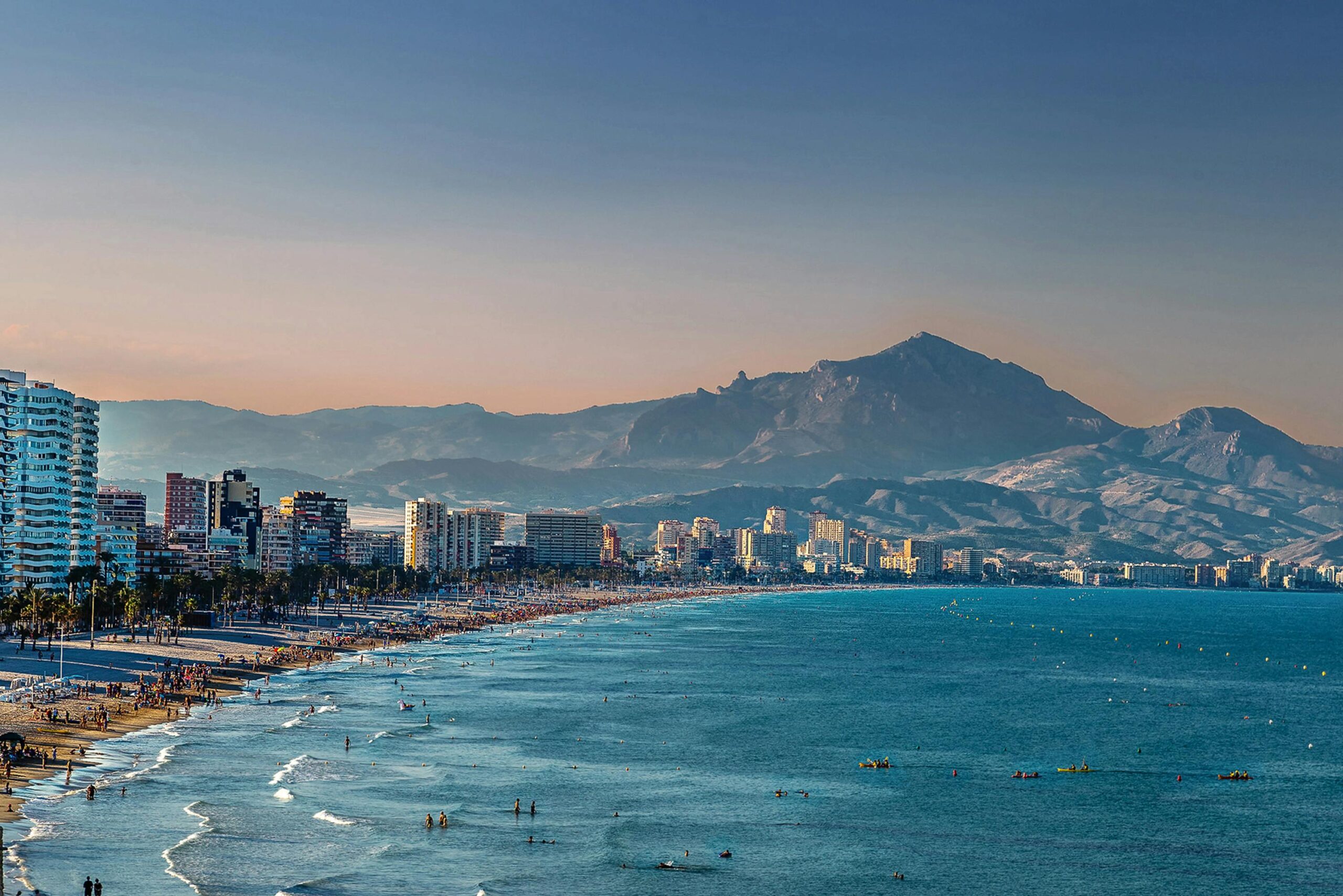
A Mediterranean coast kissed by sunshine and steeped in centuries of culture — Welcome to Costa Blanca.
Stretching over 200 kilometers of sun-drenched shoreline in the province of Alicante, Costa Blanca is more than a destination, it’s a way of life. With its white sandy beaches, vibrant towns, and rich mix of cultures, this region has long attracted explorers, artists, retirees, and dreamers alike.
Towns like Jávea, Denia, Calpe, Altea, Benidorm, Alicante and Torrevieja, each with its own charm from luxury marinas and historic old towns to lively markets and local fiestas.
Whether you’re planning a trip, looking for a remote work escape, seeking the perfect place to retire, or dreaming of a permanent move Costa Blanca offers a lifestyle that blends natural beauty, modern comfort, and a deep sense of belonging.
Where Tradition Meets Taste
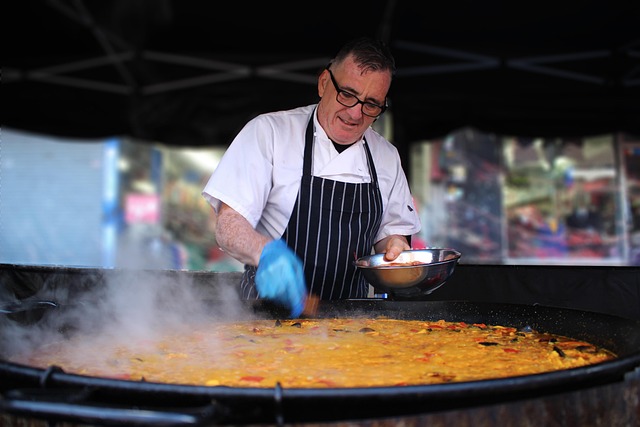
it’s a region rich in culinary tradition and local flavor. From coastal towns to inland villages, the food tells a story as vivid and layered as the landscape itself.
Whether you’re savoring a humble mountain stew passed down through generations, or indulging in cutting-edge dishes from award-winning chefs, Costa Blanca offers a gastronomic journey for every palate.
It’s not only the beachside chiringuitos that surprise visitors, venture inland and you’ll discover hidden culinary treasures:
🌿 Aromatic mountain rices cooked with herbs, game, or rabbit
🍞 Crusty wood-oven breads, still made by hand
🍲 Gazpacho Manchego and hearty meatball broths
🥘 Traditional Rice dishes, local stews rich with seasonal vegetables & meats
Wine Trails of the Costa Blanca
1. Jalón Valley (Vall de Pop)
A picturesque valley filled with family-run bodegas offering tastings of Moscatel, a fragrant, lightly sweet white wine. Especially stunning during the almond blossom season.
2. Monòver & Salinas
Known for Fondillón, a rare, aged dessert wine made from Monastrell grapes and once enjoyed by royalty. Rich, complex, and uniquely Alicante.
3. Jumilla
A red wine hotspot producing bold Monastrells. Jumilla blends wine tasting with history — castles, tapas, and scenic views await.
4. Alicante DOP
This official wine region is gaining global prestige. Expect award-winning reds and crisp whites, produced in both traditional and innovative styles.
Wine here is not just for drinking — it’s an experience. Travelers can enjoy:
Guided tours of vineyards and ancient cellars
Seasonal harvest festivals (Vendimia)
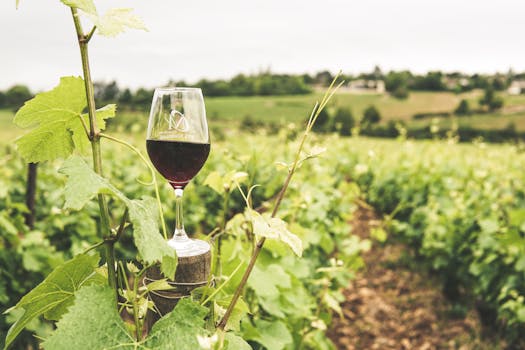
Wine has flowed through the history of the Costa Blanca for over 2,000 years, dating back to Roman times. Today, it remains an essential part of local life, not only as a beverage but as a symbol of culture, celebration, and tradition.
The region’s Mediterranean climate, varied terrain, and native grape varieties give rise to a diverse and evolving wine scene.From crisp whites to bold reds and sweet dessert wines, Costa Blanca’s vineyards offer something for every taste and every traveler.
Fiestas & Celebrations: Where Culture Comes Alive All Year Round
Life in Costa Blanca is deeply rooted in celebration. From fire-lit nights to flower-filled parades, the region’s fiestas are a vibrant expression of history, identity, and community — and they happen almost every month of the year.
Whether you’re visiting for the first time or settling in long-term, these festivities give you a front-row seat to Spanish tradition and a chance to connect with locals.
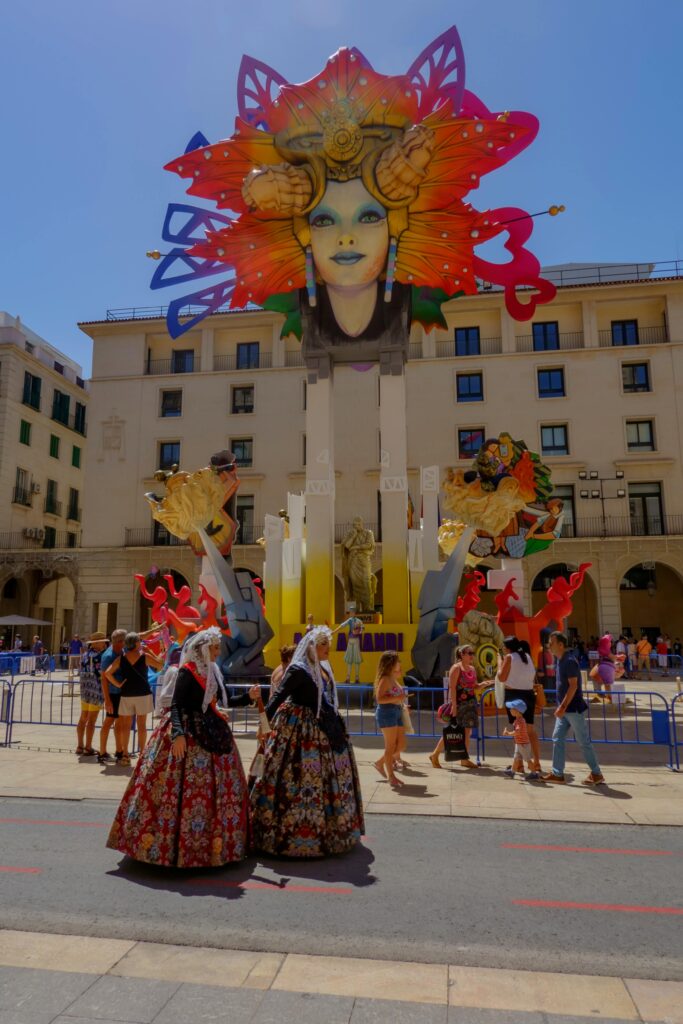
1. Las Hogueras de San Juan (Bonfires of Saint John) – Alicante (June) The most iconic fiesta in Alicante. Expect towering paper-mâché monuments, street parties, firework battles, and symbolic bonfires lit on the beach to welcome the summer solstice.
2. Moros y Cristianos (Moors & Christians) – Various towns (April–October)A historical reenactment with elaborate costumes, parades, and mock battles. Towns like Alcoy, Villajoyosa, and Denia host some of the most spectacular versions — celebrating the cultural legacy of medieval Spain.
3. Semana Santa (The Holy Week) – Across the Region (March/April) A solemn yet stunning religious celebration featuring processions with ornate floats, candles, and traditional dress. Particularly atmospheric in Orihuela and Elche.
4. Fiesta de la Vendimia (Grape Harvest Festival) – Jalón & Surrounding (August / September) A celebration of local wine culture with grape stomping, tastings, folk dancing, and regional food — perfect for wine lovers and cultural explorers.
5. Fallas – Alicante, Denia & Surrounding Towns (March)
Inspired by the famous Valencian tradition, Fallas in Alicante and Denia light up the region each March with towering artistic sculptures called ninots, live music, parades, and fireworks. The celebration culminates in the cremà — the dramatic burning of the sculptures on the final night, symbolizing renewal and letting go of the past.
Tips for Enjoying Local Fiestas
- Plan ahead – Accommodation books quickly around major events.
- Join the locals – Don’t just watch the parades. Attend the concerts, join the paella contests, dance in the plaza.
- Respect traditions – Some events have religious significance, so modesty and respect go a long way.
